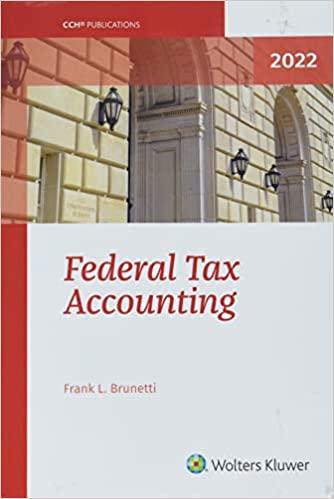Answered step by step
Verified Expert Solution
Question
1 Approved Answer
SRS Educational Supply Company provides educational materials and supplies to educational institutions. The company provides educational supply needs that includes workbooks, classroom visual aids, instructor






Step by Step Solution
There are 3 Steps involved in it
Step: 1

Get Instant Access to Expert-Tailored Solutions
See step-by-step solutions with expert insights and AI powered tools for academic success
Step: 2

Step: 3

Ace Your Homework with AI
Get the answers you need in no time with our AI-driven, step-by-step assistance
Get Started


